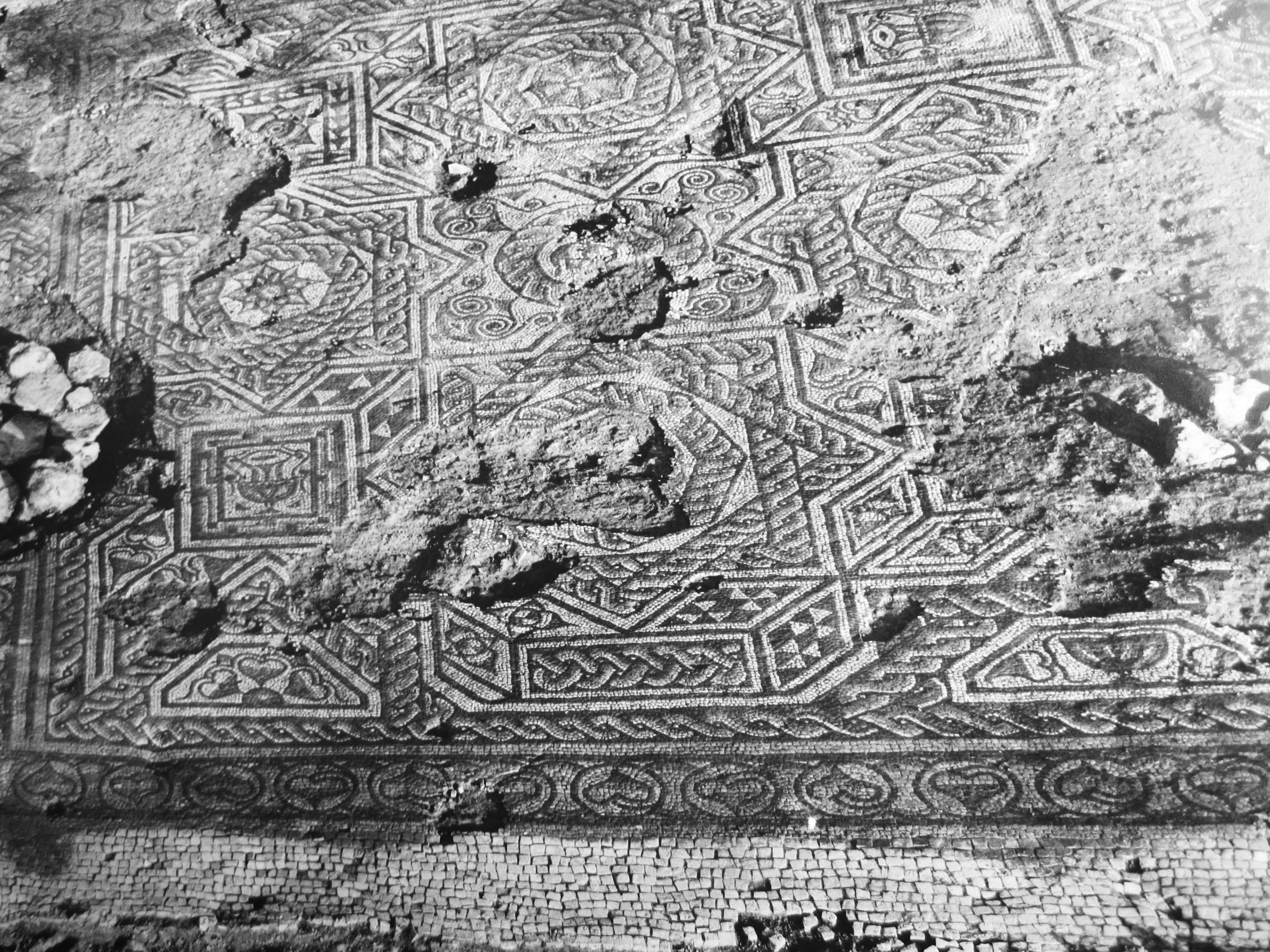

Dr. Guest introduced us to the background to the Roman fortress at Caerleon that was established in 43AD. It was a garrison and legions were based at York, Chester and Caerleon. Campaigns against the British Iron Age tribes were waged from AD100 to the end of the Roman empire. Caerleon is on a major east-west route and on the River Usk. It could, therefore, supply units further up the river and was in a strategic position, but not necessarily defensive. It was known as Isca and fortunately it does not have a modern town on top of it; large areas around it are still green fields, which is good for excavation. Today it is protected for 100 years from development. In 1926-7 the amphitheatre was excavated by Mortimer Wheeler; new houses were built on Jenkins’ Field prior to excavation.
The phases of the fortress are AD75 the II Augusta were quartered there; 1-2nd Century it was built in stone; 3rd Century it was re-built with inscriptions; 4th Century it was abandoned by the legion. Caerleon is a type site for this kind of Roman base.
In 2006-7 a geophysical survey was carried out on Priory Field (south west corner of the site), using magnetometer and gradiometer. Barracks blocks and buildings were revealed, together with granaries. The 2000 excavation found a courtyard, robbed out walls and 4 square rooms, with a paved entrance, side chambers and 2 more rooms. These were not domestic. The floor was covered with 40 groups of iron and bronze objects. The largest group was on the floor and was a mass of iron and bronze plates, which when x-rayed showed a set of body armour of the Newstead type. It included bronze studs; a sheet with the face of a god; a charm from a leather backed buckle of a horse head mask, similar to that found at Vindolanda.
